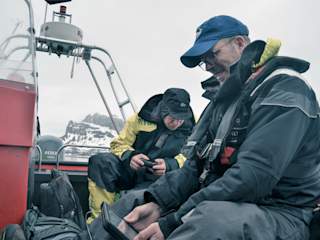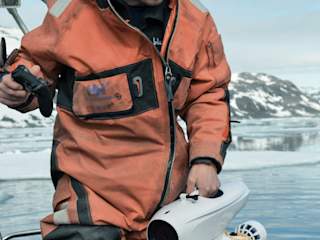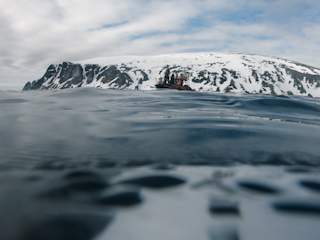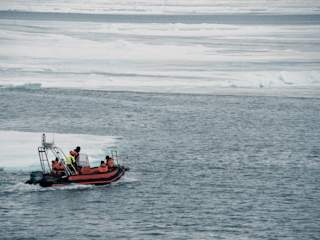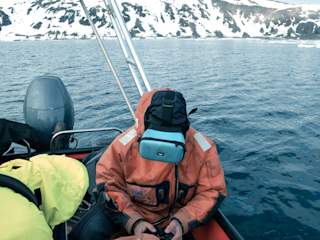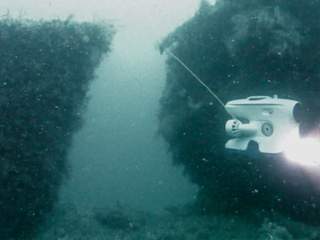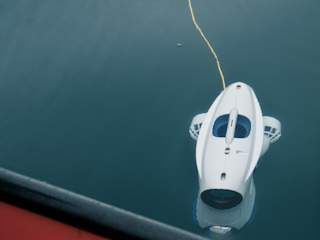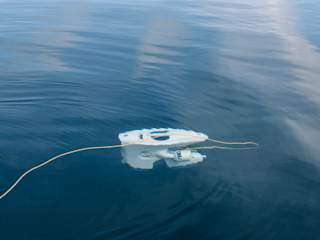AUV’s and underwater drones complementing marine archaeology research
A collaborative study between NTNU, UNIS, UiT, The Governor of Svalbard and Memorial University have used the Blueye Pioneer underwater drone to inspect sonar data from AUVs at Svalbard. The research team used AUVs to search the seabed for wrecks from the 1600s and gathered interesting sonar data. With the Blueye Pioneer, they were able to go down to the GPS points where the suspected wrecks was located to inspect them further, record video footage and providing live videostream to the surface.

This gives us knowledge and insight into a world that one simply cannot see or study. - Jørgen Berge, Prof. at UiT (quote borrowed from tv2.no)
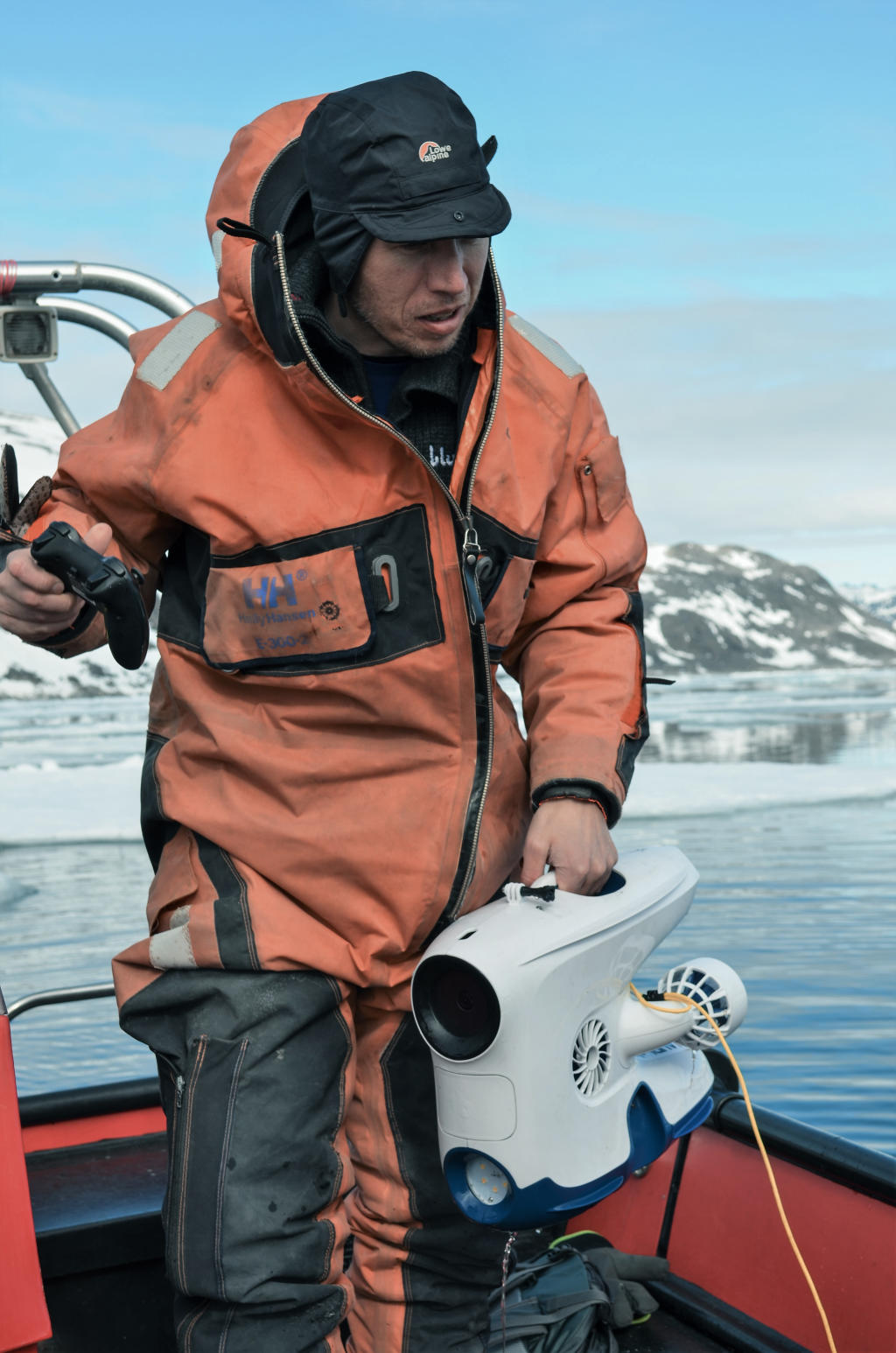
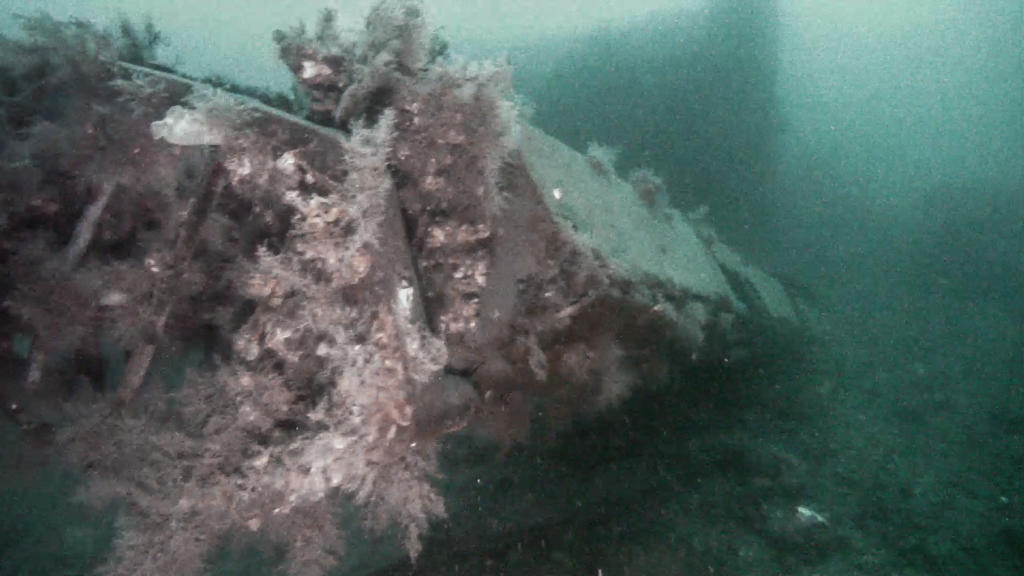
Climate change and increased water temperature threatening history
Before the June 2019 expedition to Svalbard, the researches were hoping that most of the wrecks and parts still were intact because of the cold water. Unfortunately, they detected shipworms (Psiloteredo megotara), which can be the reason why the researchers didn’t find that many wrecks and parts as they hoped.
… we saw quite clearly that the wrecks are about to be eaten up by species that have not been so far North earlier. This is also part of climate change. - Anne Husebekk, Principal at UiT (quote borrowed from tv2.no)
As wood-eating species are entering the Arctic, it’s even more important to utilize the tools we have to secure documentation of the history that lies below the surface.
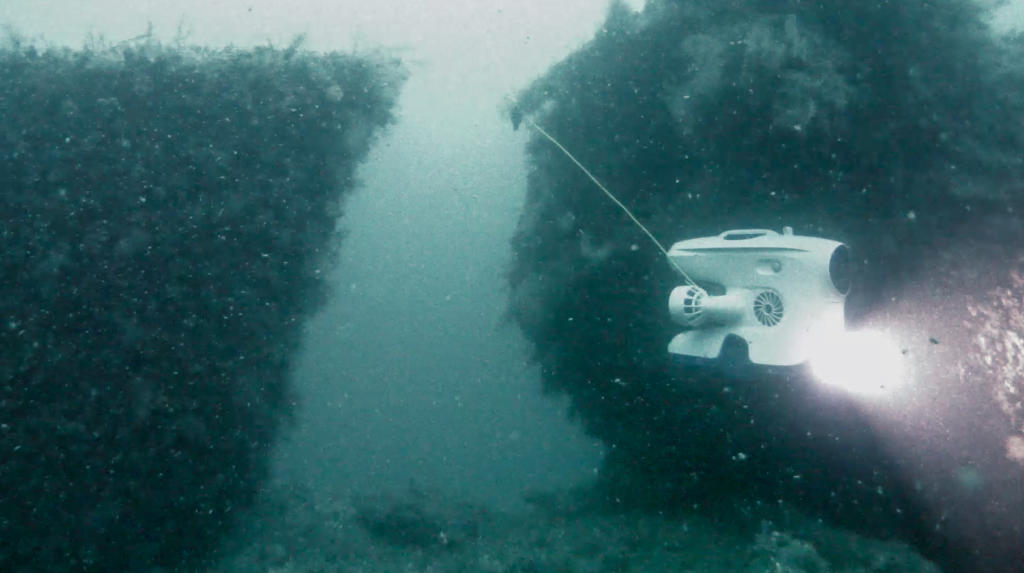
Benefits of using the Blueye Pioneer underwater drone for marine archaeologists
- Get close to objects without doing any damage – even in narrow places
- Stay in a fixed position and move slowly with full control
- Light weight and easy to bring on to small vessels
- The Blueye Dive Buddy app enables multiple spectators for inspections
- Mount point for action camera or other smaller add-ons
- Replaceable battery for longer dives
- Powerful LED lights (3300 lumen)
Read more about the story at tv2.no.
Want to get in touch? Fill out our contact form.
